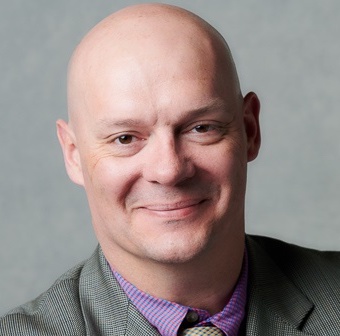3 minutes
Consider leadership and culture, talent and skills, and HR readiness.
In their history, credit unions have evolved from “order-taking” organizations to “value-creating” organizations. It’s been an important shift from simply processing transactions to truly serving member needs. Making this shift has made credit unions more competitive.
A parallel shift is happening in credit unions’ thinking about their relationships with employees. The focus used to be on human resources logistics, such as onboarding procedures, evaluating benefits and revamping compensation structures. Today, the most competitive credit unions have a people strategy through which they aim to truly deepen the relationship they have with their team members. HR logistics, while still foundational, are now put in service of the larger vision for people.
Why is this shift worthwhile?
According to this article by Lattice, the employees of companies that effectively hone their people strategies are more likely to feel supported by their leadership and company practices, develop in areas aligned with the organization’s goals and even improve member service. They also are more engaged, which helps them deliver great business results.
A good New Year’s resolution for credit unions would be to create or refine their people strategy, then refine their HR logistics in support of that strategy. BCG suggests focusing on these three pillars of a vision for your people.
1. Leadership and Culture Support People Strategy
Your credit union can leverage research as it takes steps to ensure your leaders are developed effectively in the new year and beyond.
For example, CUES and its partner, TalentTelligent, have identified 11 competencies that credit union leaders need to be most effective: vision and strategy formation, leading change and transitions, critical thinking, growth mindset, motivating and influencing, leveraging innovation, developing others, problem analysis, engagement management, resilience and resourcefulness, and managing teams.
The report emphasizes that credit unions of all sizes need a more concerted focus on developing their leaders. It also underscores the idea that leaders need to develop competencies that are different from those needed in the past.
As for culture, with staffing still being impacted by major trends called everything from “quiet quitting” to the “great negotiation,” it’s clear that an organization that values flexibility and work-life balance can reap the benefits. Employees also want to work for companies that live their values, especially when the corporate values parallel their own. Look for ways to give employees choices about where and when they work and to demonstrate to your staff that you care about the things they care about.
2. Talent and Skills Play a Role
Interestingly, many business leaders don’t really know what they need from their talent. But the good news is that best practices exist that can help you identify the skills, competencies and knowledge that team members at all levels of your credit union must have to succeed. Once you have identified your credit union’s unique needs, you can develop your people accordingly. In other words, you can use data to hit bullseyes in this area. You just need to act.
3. HR Function Readiness to Support the Overall Vision
The article from Lattice asserts that your HR function must be ready and able to support your people strategy by helping with such foundational processes as recruiting and keeping top talent, building onboarding and payroll processes, managing your employee database, implementing performance management programs, establishing compensation structures, mitigating risk factors, and ensuring compliance.
Are your leaders and HR team members ready to have conversations about how these functions can help your credit union get the most from its people strategy? Start the dialog by talking about how you’d answer these three questions:
- How can you develop the leadership and culture that you need?
- What knowledge, skills and abilities do your team members at all levels need to succeed?
- Is your HR function equipped to enable the first two pillars and serve as a strategic partner to the business?
A great place to unite your credit union’s senior leaders around a common people strategy and get fresh ideas will be TalentNext 2023, an event led by leading faculty and experts in talent management and attended by the savviest of your peers. I hope to see you there.
Jerry Saalsaa is interim CEO of CUES. Since joining the team in 1997, he has led CUES’ finance, technology, human resources and strategy teams, including serving as VP/finance and technology and, most recently, as SVP/chief administrative officer. Saalsaa’s leadership has built a foundation that has enabled CUES to become a more sales- and market-driven organization. He holds a B.S. in accounting from Upper Iowa University, has earned certificates in negotiation from The Wharton School at the University of Pennsylvania and has attended all three segments of CUES’ CEO Institute.






